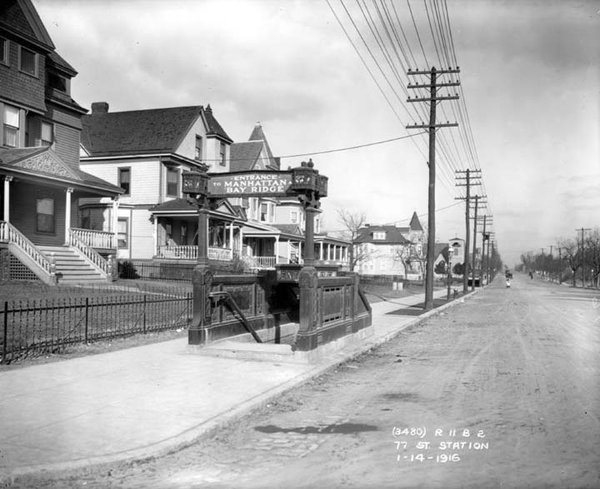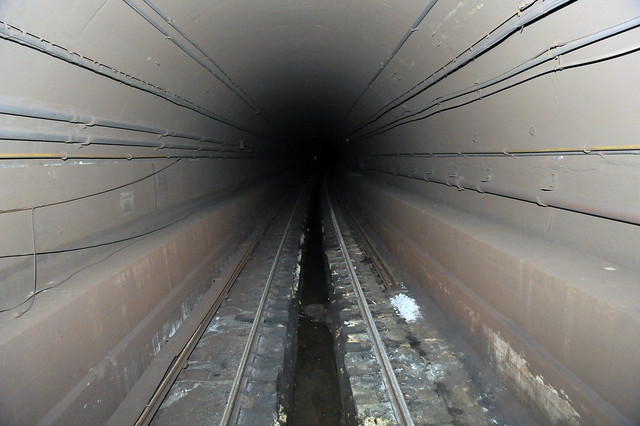As Sunday dawned, bright and sunny, New York found itself buried under far more snow than originally expected. It’s going to be a wet and fast thaw as temperatures are expected to rise rapidly this week, but for now, the piles of snow are large and everywhere. It made for a peaceful weekend, but it’s bound to make for a wet and sluggish c
That said, the transit system held up remarkably well. Following Gov. Andrew Cuomo’s controversial decision to shut down the subways, amidst a bigger storm than was forecast last year, the trains kept running and were none the worse for the wear. The agency instituted its winter weather plan, and while the plan is likely more conservative than it needs to be, those who needed to could get around without resorting to disobeying a driving ban. Plus, the system is ready for Monday.
As of Sunday evening, here’s what the MTA is planning for the morning.
- Subways:When the Q train started running on Sunday evening, the MTA could feel comfortable knowing that regular rush hour subway service will operate throughout the system on Monday.
- Buses: The MTA expects to run normal bus service for Monday, but street conditions could cause diversions and delays.
- LIRR: Per the MTA: “Seven of the LIRR’s 12 branches, representing the majority of LIRR service, will be fully operational by 5 a.m. on Monday, Jan. 25. Those seven branches are Port Washington, Oyster Bay, Port Jefferson, Ronkonkoma, Huntington, Babylon and Greenport. Partial service will also be offered on the Montauk branch as far as Speonk…LIRR service to Atlantic Terminal will remain temporarily suspended. However, LIRR tickets will be cross-honored on subways to support any commuters who usually travel to Atlantic Terminal.”
- Metro-North: Per the MTA: “Metro-North will run its normal weekday schedule Monday morning. There may be canceled and combined trains throughout the system as Metro-North continues to clear tracks, switches and yards of snow and ice from this weekend’s storm. Customers should continue to plan ahead and allow extra time for their journeys as snow removal work continues.”
These are of course subject to change, and MTA.info will have any late-night updates. Give yourself some extra time in the morning and check out any additional changes that may arise. All in all, restoring most service by Monday would be a coup considering the snow accumulation.
I’ll be back in the morning with some musings on open gangways on the MTA’s next subway car order. There are some intriguing images in the current MTA Board materials. Check back later.



















